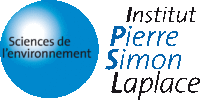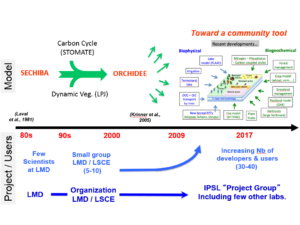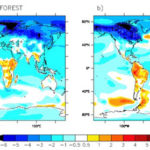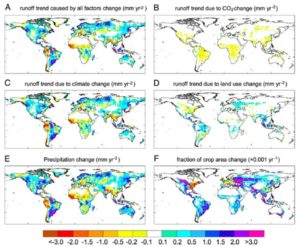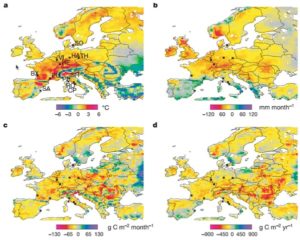Ongoing Projects
| Accepted / Running projects | |||
|---|---|---|---|
| Project name | Project leader | Duration | Objective (with respect of ORCHIDEE) |
| VERIFY | P. Peylin | 2018-2021 | Simulate C-balance of EU ecosystems |
| ESM-SnowMIP | G. Krinner | 2016- | Evaluate snow parameterizations, quantify role of snow in climate feedbacks |
| M-TRAIT | A. Valade | 2018-2020 | Role of traits plasticity for response of trees to droughts |
| TOSCA-SWOT | C. Ottlé | 2016-2020 | Role of Lakes in climate modeling and use of satellite data to improve their representation |
| ESA-HRLC | C. Ottlé/P. Peylin | 2018-2021 | Use HR Land Cover data to improve energy and water cycles parametrisations |
| I-GEM | A. Ducharne, with also F. Cheruy | 2015-2019 | Add the influence of groundwater on soil moisture and the surface fluxes |
| C-CASCADES | P. Ciais for ORCHIDEE | 2015-2019 | Represent lateral fluxes of DOC from high latitude |
| ASSESS | B. Guenet | 2018-2021 | Estimate the erosion cost over the meediteranenan bassin |
| CLIMAX | N Viovy | 20017-2020 | Interaction between vegetation and atmosphere in tropical region |
| PREVIPOL | N Viovy | 20017-2020 | Predicting risk of pollen allergy over France |
| ECOFLUO | Y. Goulas (LMD) | 2017-2019 | Fluorescence measurements and assimilation |
| IMBALANCEP | P.Ciais | Phosphorus cycling | |
| TOSCA / BIOMASS | Philippe Peylin | 2018 (renewable) | Use of forest biomass satellite data (BIOMASS futur mission) to improve ORCHIDEE; |
